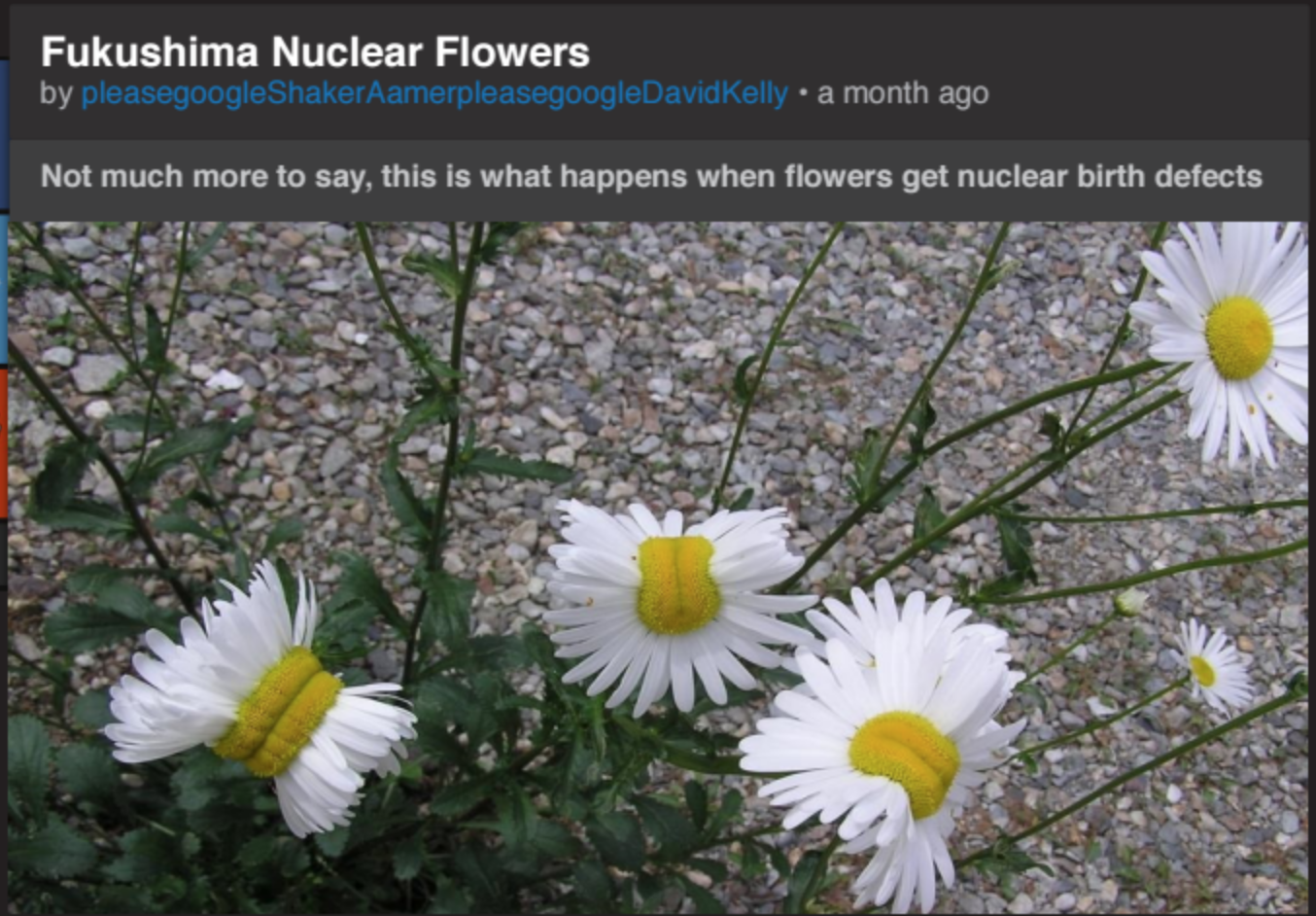To open the year, our department began with defining and giving students tools to identify “fake news.” Fake news is defined as stories that appear to be true and appear to be from an official news site, but are untrue or have very little truth to them (Cnn10.com). It is especially true in today’s world that all people need to know where their news is coming from and it is our responsibility as teachers to create responsible media consumers.

Image Source: https://www.nytimes.com/2017/01/19/learning/lesson-plans/evaluating-sources-in-a-post-truth-world-ideas-for-teaching-and-learning-about-fake-news.html
Here’s the lesson:
Essential Question: Why is fact-checking the news we consume part of enabling a functioning democracy?
Materials:
- Fukushima flowers photo, which claims that the flowers in the photo have radiation damage.
- Large chart paper
- Commonsense.org “5 Ways to Spot Fake News” video
- Show students the Fukushima flowers photo. Ask students to make observations about the photo: What is the title? What is the claim the photo is making? What do they see in the photo? This photo is a real picture of daisies in Fukushima, Japan; however, the flowers do not have a “nuclear defect.”
- Ask students how they know that this photo is real. Do any of them think it isn’t? Why or why not?
- Watch the Commonsense.org video. As the video makes each point, stop and go back to the Fukushima flowers photo. Have students make observations according to the information in the video that will help them “fact check” the photo. (When you get to the cross-checking point, you can use www.snopes.com as a source.)
- After determining that the Fukushima flowers was “half-true,” talk to students about different types of news that isn’t necessarily fake. Discussion could include bias, opinion pieces, and satire.
- Round-Robin Discussion:
- Write each of these questions on a different piece of chart paper:
- Define fake news in your own words and give any examples you can think of.
- Why are some forms of fake news more dangerous than others?
- Why is it important to be able to tell real news from fake news?
- What could happen if a politician labels mainstream media as “fake news” in order to push forward his or her own political agenda?
- Why is free press essential to a democracy and how could fake news or attacking the mainstream media as fake news damage democracy?
- Break students into small groups and give each group a different color marker. Groups will discuss each question and write their response but will also respond to previous groups in their writing. At the end, let students go back to their first question to read others’ responses.
- Ticket to Leave: Ask students to write the most meaningful takeaway from the round-robin discussion.
- Write each of these questions on a different piece of chart paper:
If you have time, you may also want to use CNN10’s special from September 28, 2017, in which they covered the fake news “industry” and its influence in the United States.
